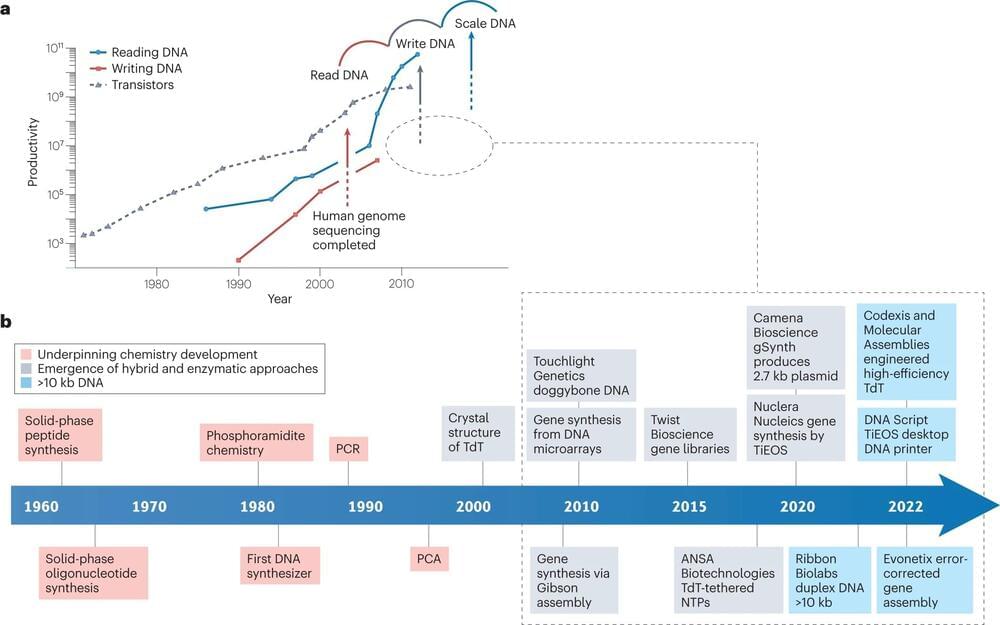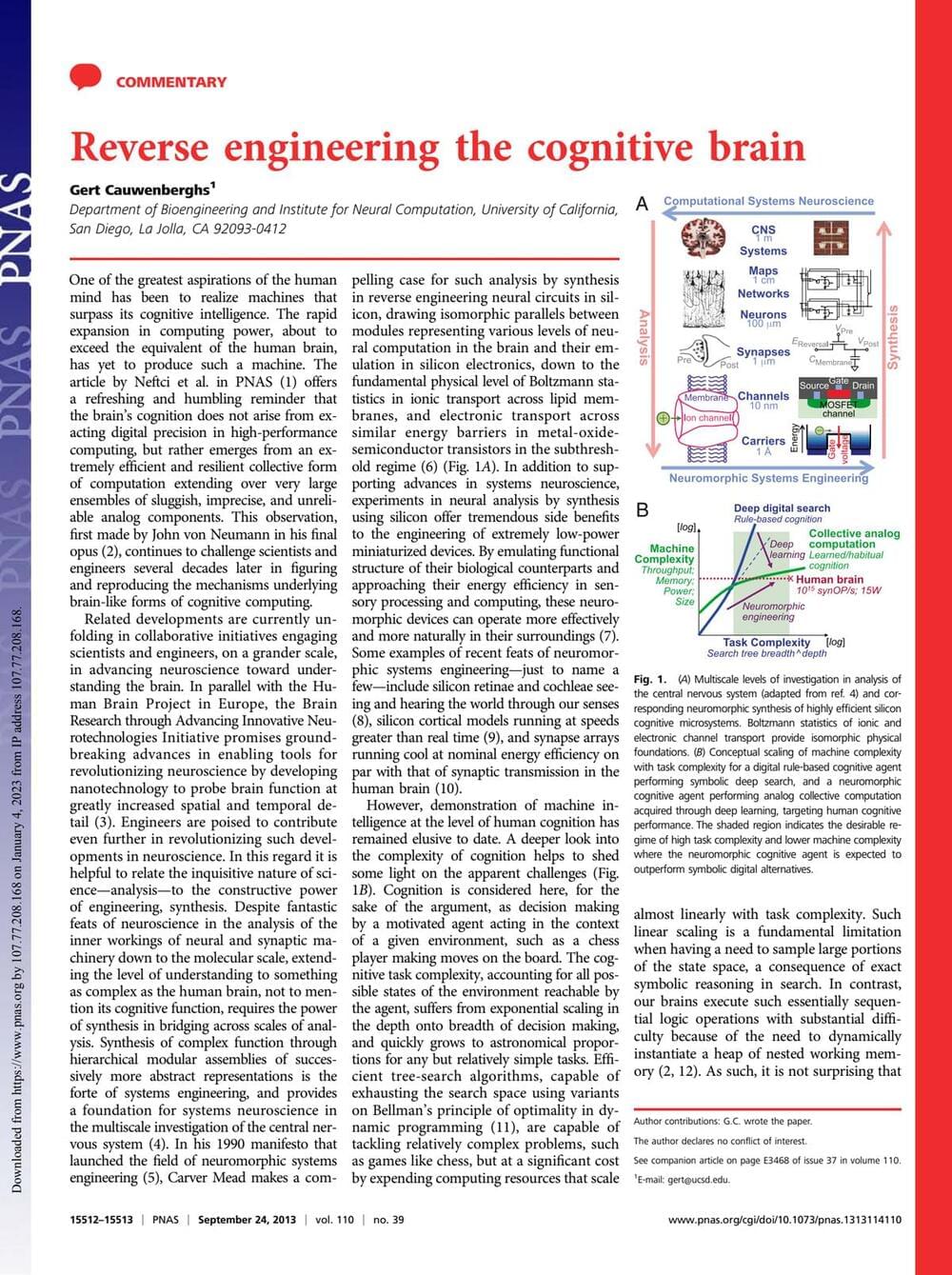Mar 22, 2023
Unprecedented Breakthrough in Manipulating “Quantum Light”
Posted by Shubham Ghosh Roy in categories: biotech/medical, business, engineering, law
For the first time, scientists at the University of Sydney.
The University of Sydney is a public research university located in Sydney, New South Wales, Australia. Founded in 1,850, it is the oldest university in Australia and is consistently ranked among the top universities in the world. The University of Sydney has a strong focus on research and offers a wide range of undergraduate and postgraduate programs across a variety of disciplines, including arts, business, engineering, law, medicine, and science.
















